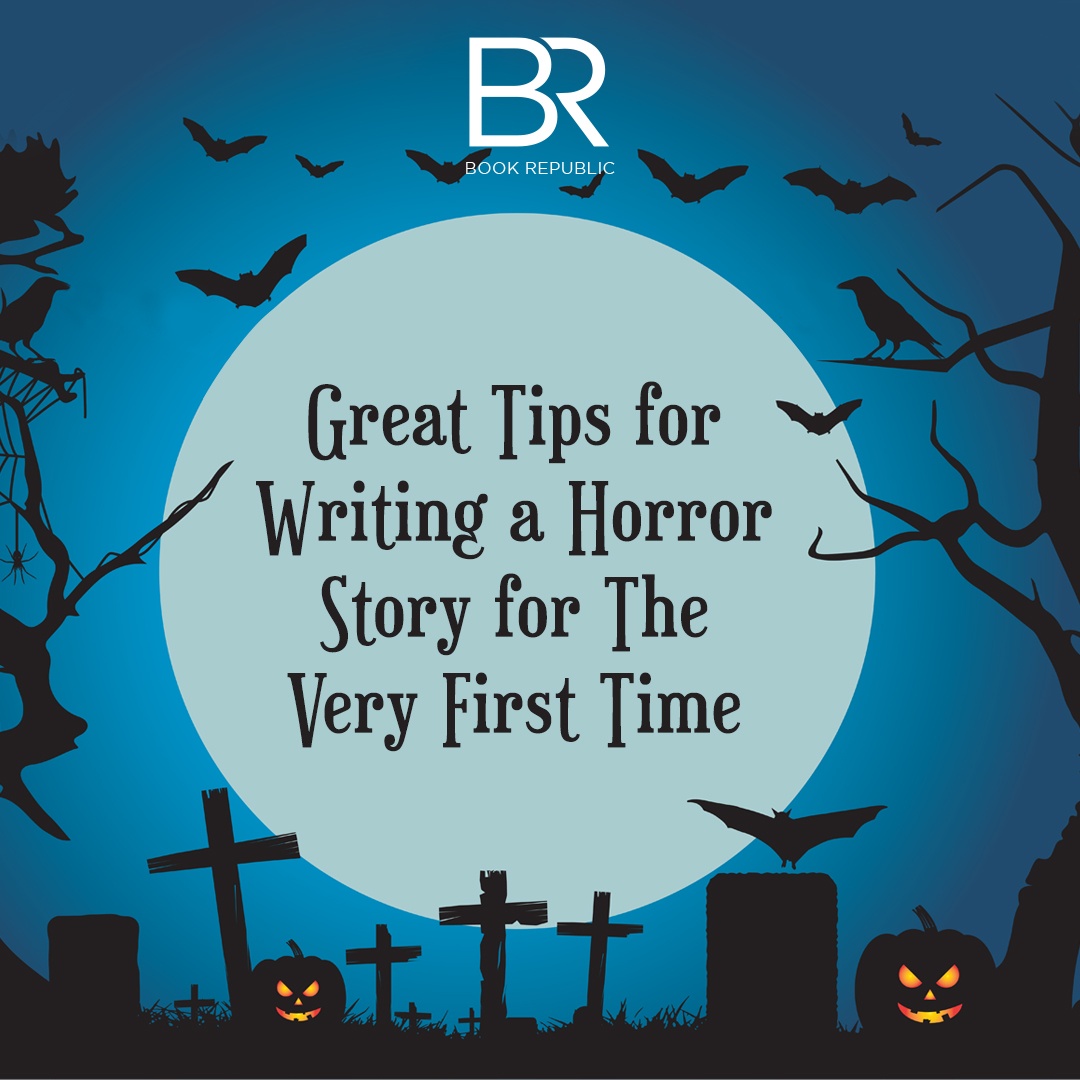If you are thinking of writing a horror story of your very own, it is important that you know how to get started. Remember that there are already a lot of great horror stories, and you will need to stand above the competition. That is, if you are serious about being a horror story writer. If you want to be a great horror story writer, you should have a set strategy.
Here are some great tips for writing a horror story for the very first time.
- Take your time in setting the tone of your story
As you start on your horror story, you should remember to take your time with the process. You won’t be able to set the tone if you just rush into it. You will need to lay the foundations for your horror story structure. That way, should the conflict in the story occur, it won’t seem contrived, and will just happen in the most efficient way possible.
- Choose a specific writing tone
If you want to make your horror stories as scary as possible, it is important that you choose the best writing tone. Remember that the tone of your writing could affect how your readers will react to your work.
If the types of tone in your stories is written well, then you’ll write a truly scary story. If you get the tone wrong, though, your readers may get bored with your work. As a rule, your choice of tone will affect the overall success of your horror story. There are a good number of writing tones that you could use. Here are some horror tones in writing to get you on the right track.
- Bleak
If you want to create a chilling horror story, it is always a good idea to use a bleak writing tone. This type of writing tone is best used for settings such as haunted houses, mortuaries, and even abandoned malls. It creates a sense of neglect and hopelessness that could really heighten the sense of dread in a story.
- Jovial
While a jovial tone may seem out of place in a horror story, it is in fact a great way to enhance the sense of disbelief once something scary happens. For example, you could write about a scene where kids are having fun at a summer camp. Everything seems very jovial and casual. That is, until a murder happens in the midst of the fun.
- Detached
There is a different kind of scary when the narrator of the story talks about horrifying events in a detached manner. For example, you are writing about a murder. However, instead of relying on jump scares and heightened tension, you could just write it in a detached tone.
- Isolated
There is a certain primal fear of being all alone. This usually stems from the fear of getting hurt with no one to take care of you and ultimately dying. This type of tone is usually perfect for settings such as deserted islands or post-apocalyptic settings.
- Bizarre
While the more traditional horror story usually deals with bleak and dark elements, there is also a terrifying element to a horror story, written in a bizarre tone. The aim is to create a feeling of disbelief in your readers. Make them ask questions like, “Is this really happening?” or, “Should this be part of the horror story?”
- Your antagonist is key
When it comes to setting the tone for your horror story, the antagonist is very important. Remember that your antagonist will serve as the main source of conflict in your horror story, so you should make sure he or she exudes a true sense of dread and terror. You don’t need to show the antagonist right away. You could give hints and clues to the identity and whereabouts of your antagonist. What’s important is that the presence or even lack of your antagonist will create a sense of foreboding throughout the whole story.
- Utilize scary imagery
Yet another great way to set the tone in your writing is to utilize scary imagery. Remember that you are writing a horror story. So it makes sense that you create scenes that will creep out your readers a bit. A dismembered body or the scary face of a ghost shown in the moonlight could really do wonders for your horror story. However, you should not overdo it with the scary imagery. If you do, there’s a chance that your readers will become desensitized to these images, and your horror story will just seem boring in the long run.
- Use natural human fears
As human beings, we all have our fair share of fears. If you want to set the tone for your horror story, you should tap into these fears and utilize them in your work. The majority of people are afraid of the dark, of heights, and, ultimately, of death. While some people have more specific fears, the most common are still their primal fears. So incorporate them into your story structure.
Conclusion
When it comes to writing a great horror story, it is important that you have a set strategy. This is especially true if you are just a newbie writer, and you have yet to start on writing a horror story. With these tips, you’ll be able to get started on the right track.

